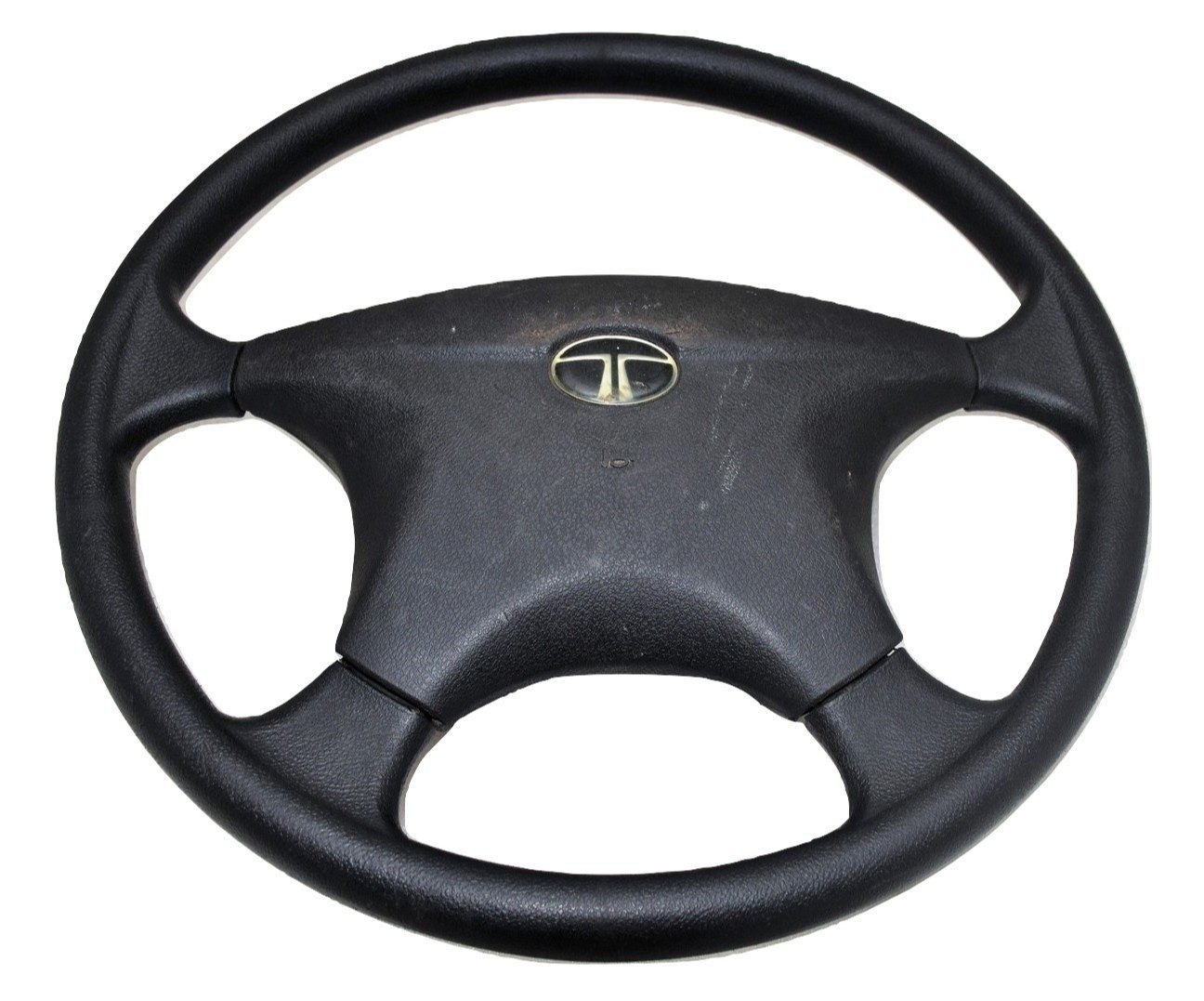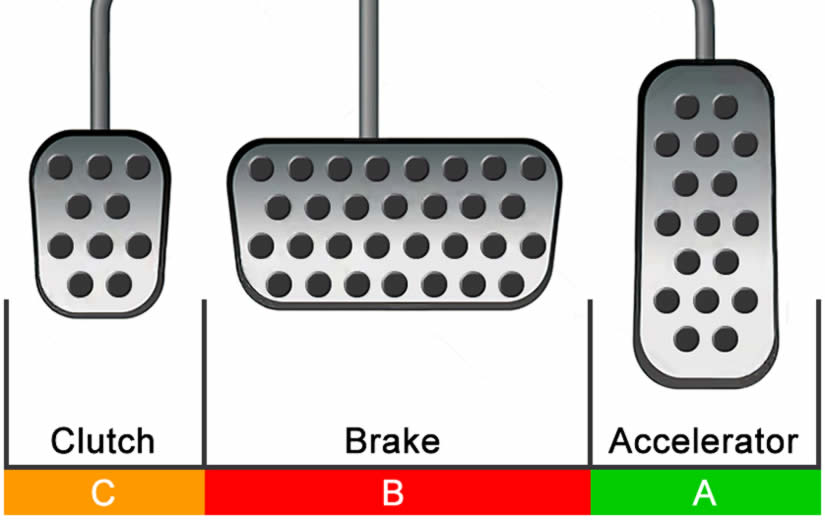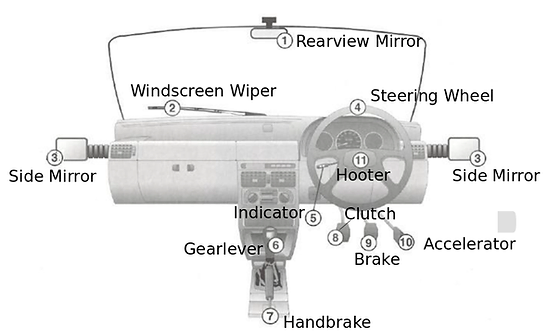Introduction to Vehicle Controls
Vehicle controls are a fundamental part of the K53 driving test. Understanding and effectively using these controls is essential for safe driving and passing the test. This guide covers the key vehicle controls and provides tips on how to master them.
1. Steering Control
Steering control is crucial for maintaining the correct path and responding to road conditions. Proper hand positioning and smooth steering movements are essential for effective control. Always keep your hands on the wheel in the '10 and 2' or '9 and 3' positions for maximum control.

2. Clutch Control (Manual Transmission)
In vehicles with manual transmission, clutch control is vital for smooth gear changes. It requires coordination with the accelerator and gear lever. Practice balancing the clutch and accelerator to avoid stalling and to ensure smooth starts and stops.

3. Brake Control
Understanding and using the braking system correctly is key to safe driving. Learn to apply the brakes smoothly to avoid sudden stops that can cause skidding or loss of control. Familiarize yourself with both the regular brake and the handbrake functions.

4. Accelerator Control
The accelerator controls the speed of the vehicle. Proper use of the accelerator helps in smooth acceleration and deceleration. Avoid harsh or jerky acceleration, as it can affect vehicle stability and passenger comfort.

5. Gear Control
Understanding when and how to change gears is crucial for both manual and automatic vehicles. In manual cars, practice shifting gears smoothly while coordinating with the clutch. In automatic vehicles, learn the different gear positions and their uses.

Tips for Mastering Vehicle Controls
- Practice Regularly: Spend time practicing in a safe environment to build confidence with each control.
- Stay Relaxed: Stay calm and relaxed while handling the controls to avoid overreacting to situations.
- Seek Feedback: Get feedback from an experienced driver or instructor to improve your control techniques.
- Use the Controls Smoothly: Always use smooth, controlled movements for steering, braking, and accelerating.
Conclusion
Mastering vehicle controls is essential for safe driving and for passing the K53 driving test. By understanding the functions of each control and practicing regularly, you can develop the necessary skills to become a confident and competent driver.

